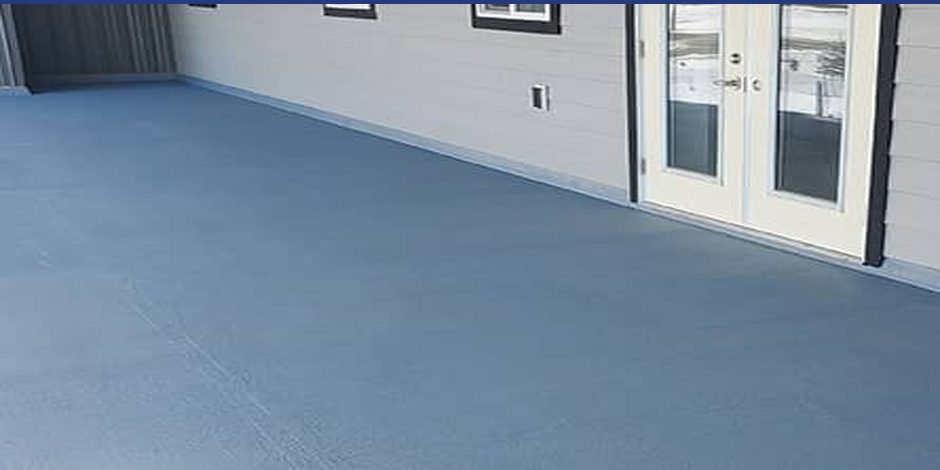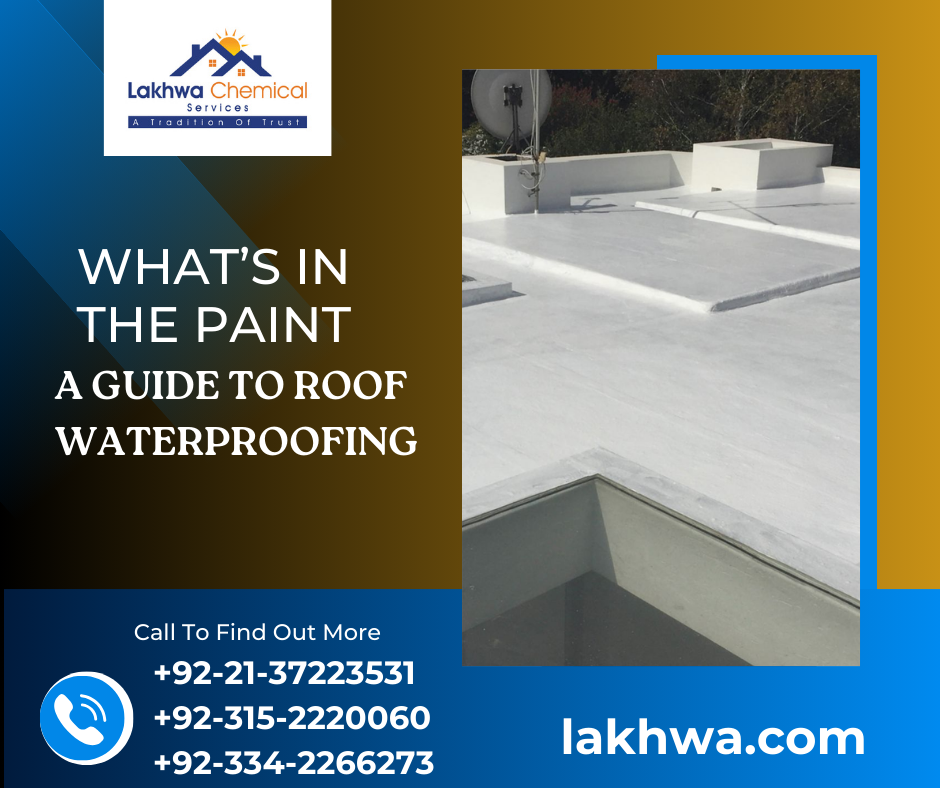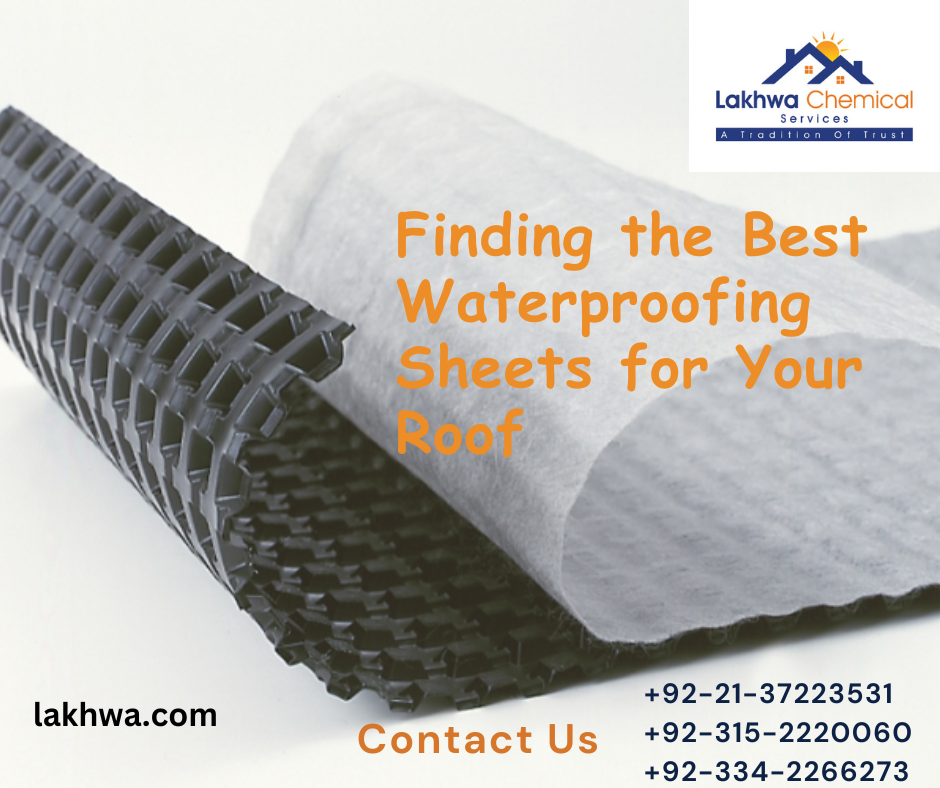Liquid rubber waterproof sealant is labeled as an ‘engineer’s tool’ because of several reasons. is effective at sealing and waterproofing various surfaces like cementitious, tiled, and wooden. Moreover, it is used to cover crevices and holes in pipes, roofs, windows, and other leak-prone areas.
Whether you’re using it to protect your assets, knowing how long you can expect the sealant to last is crucial for proper maintenance and planning. The longevity of liquid rubber waterproof sealants depends on several factors, such as product quality, application process, and the environment.
Factors Influencing the Lifespan of Liquid Rubber Waterproof Sealants
Application Quality
Liquid rubber sealant should be applied with utmost skill. The susceptible areas should not be left unnoticed. Proper surface preparation, uniform application, and the smooth completion of the curing process contribute to the effectiveness and durability of the seal.
Surface Type
Surfaces differ in many respects; porosity, water-resistance, and compactness are some examples. Liquid rubber sealants adhere well to materials like concrete, metal, wood, and EPDM rubber.
Exposure to Elements
A waterproofing sealant, in contact with natural elements like rain and sunlight, can be affected adversely. In other words, its capacity to resist water ingress will be compromised. If the sealed surface is constantly subjected to UV radiation, extreme temperature variations, heavy rainfall, or snow, the sealant may degrade in quick time.
Maintenance
Regular maintenance and inspections can extend the lifespan of the sealant. Small cracks or wear and tear can be monitored to prevent excess damage.
Type of Liquid Rubber Sealant
There are different formulations of liquid rubber sealants available on the market, each designed for specific tasks. Examples include:
- Butyl Rubber Sealant
- Silicone Sealant
- Acrylic Sealant
N.B. These sealants differ with respect to their characteristics and applications.
Lifespan of Liquid Rubber Waterproof Sealants
Following are some general guidelines for different sealants used for waterproofing surfaces:
Roof Sealants
Roof sealants can last from 10 to 20 years or more (if properly applied and maintained). Factors that affect roof sealants include:
- Type of Roofing Material
- Climate
- Quality of the Sealant
Foundation and Basement Sealants
Regarding foundation walls and basement, liquid rubber sealants last between 5 to 10 years. Proper drainage systems and regular inspections can help extend their lifespan.
RV Roof Sealants
RV roof sealants have a lifespan of 5 to 10 years, depending on factors such as UV-rays’ exposure, climate, and the sealant quality. Routine inspection and resealing can help maintain the RV’s integrity.
Pond and Pool Sealants
Liquid rubber sealants can last around 5 to 7 years or more. However, exposure to water and chemicals can affect the sealant’s durability. So, periodic maintenance is mandatory.
Man-Hole Sealants
Gutter sealants are exposed to a range of weather conditions. For this reason, their lifespan can vary from 5 to 10 years. Regular cleaning and inspection can prevent clogs and improve the environmental conditions.
DIY vs. Professional Application
The quality and durability of the sealant also depends on the applicative source, i.e., is it applied by a professional or amateur. Professional applications often come with warranties and last longer.
Conclusion
The lifespan of liquid rubber waterproofing sealant last depends on several factors, including application quality, surface type, exposure to natural elements, and the type of sealant used. While sealants last between 5 to 20 years or maybe more, proper maintenance and routine inspections are essential to ensure their effectiveness. Choosing a high-quality sealant can impact the durability and longevity of the surface.
If you want to transform your leak-prone surface (roof, walls, basement, etc.), contact Waterproofing.pk today. Their experts are renowned for water and heat-proofing services in Karachi, Pakistan.







